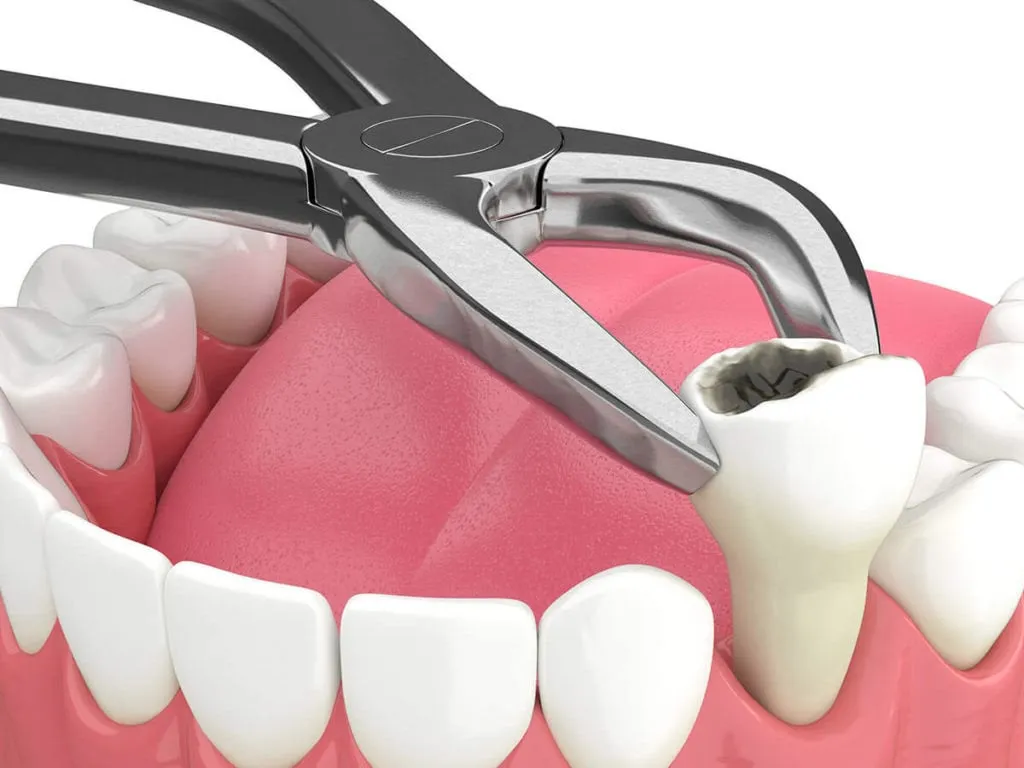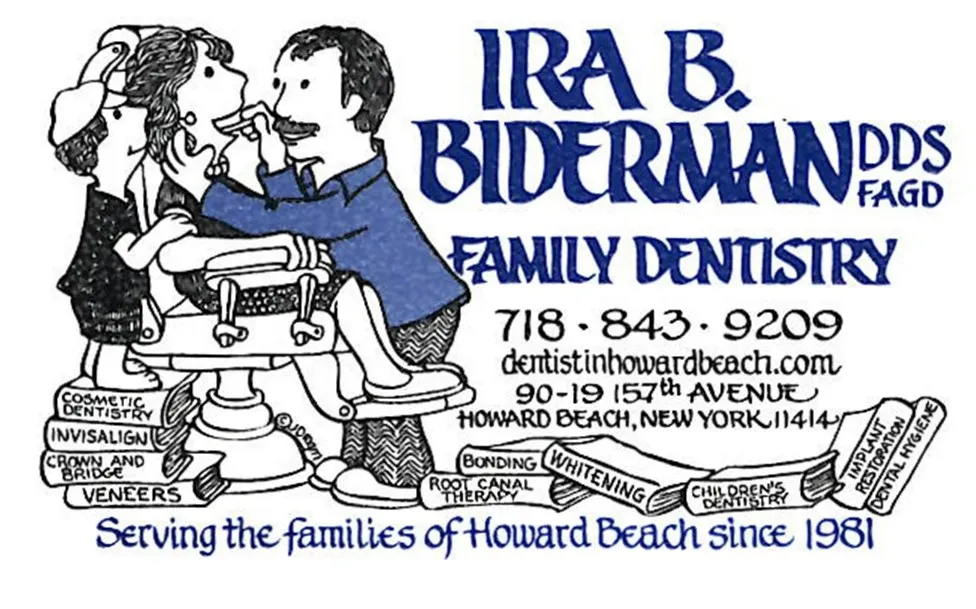Tooth Extraction Howard Beach, Queens NY
Tooth extraction is a common dental procedure that involves removing a damaged, decayed, or impacted tooth from the mouth. While the idea of having a tooth pulled may sound daunting, it is often necessary to preserve the health of the surrounding teeth and gums, and to prevent the spread of infection or decay. In this article, we will discuss the different types of tooth extraction, the reasons why a tooth may need to be extracted, and what you can expect during the procedure.
There are two main types of tooth extraction: surgical extraction and simple extraction. Surgical extractions are complex and may involve removing impacted or partially impacted teeth, or teeth that have not fully emerged from the gum line. Simple extractions, on the other hand, are just that – simple. They are performed on teeth that are visible above the gum line, and can often be removed with a simple pair of dental pliers.
The most common reason for a tooth to be extracted is because it has become decayed or damaged beyond repair. This may occur due to advanced cavities, gum disease, trauma, or a root canal that has failed. In some cases, teeth may also need to be extracted to make room for orthodontic treatment, or to prepare for dentures or bridges.
Before a tooth extraction, your dentist will perform a thorough examination and take X-rays to determine the best course of action. During the procedure, you will be given a local anesthetic to numb the area around the tooth, or a general anesthetic if you are having multiple teeth extracted. In the case of simple extractions, the oral surgeon/dentist will use a pair of dental pliers to gently rock the tooth until it becomes loose. Once the tooth is out of it’s normal position, it is removed from the socket.

For surgical extractions, the procedure may be more complex. Your dentist may need to make an incision in the gum line, remove bone or tissue, or divide the tooth into smaller pieces in order to remove it. Once the tooth has been extracted, the dentist usually places a gauze pad over the socket to control the bleeding, and may also prescribe antibiotics to prevent infection.
After the procedure, you can expect some discomfort and swelling around the extraction site. You may also experience some bleeding, which is normal and should subside after a few hours. Your dentist will provide you with instructions on how to care for the extraction site, including how to clean the area, how to manage pain and swelling, and when to return for a follow-up appointment.
Once your tooth has been extracted, it is important to follow the instructions provided to ensure a smooth and successful recovery. This may include avoiding hard or crunchy foods for several days, rinsing your mouth gently with salt water, and taking any prescribed medications as directed. You may also need to avoid smoking or using straws, as these activities can cause suction that can dislodge the blood clot and delay healing.
We are here for all your dentistry needs
For any questions or to schedule an appointment, fill out the form or give us a call today!
For an appointment call:
718-843-9209
© 2023 DentistinHowardBeach.com. All Rights Reserved
